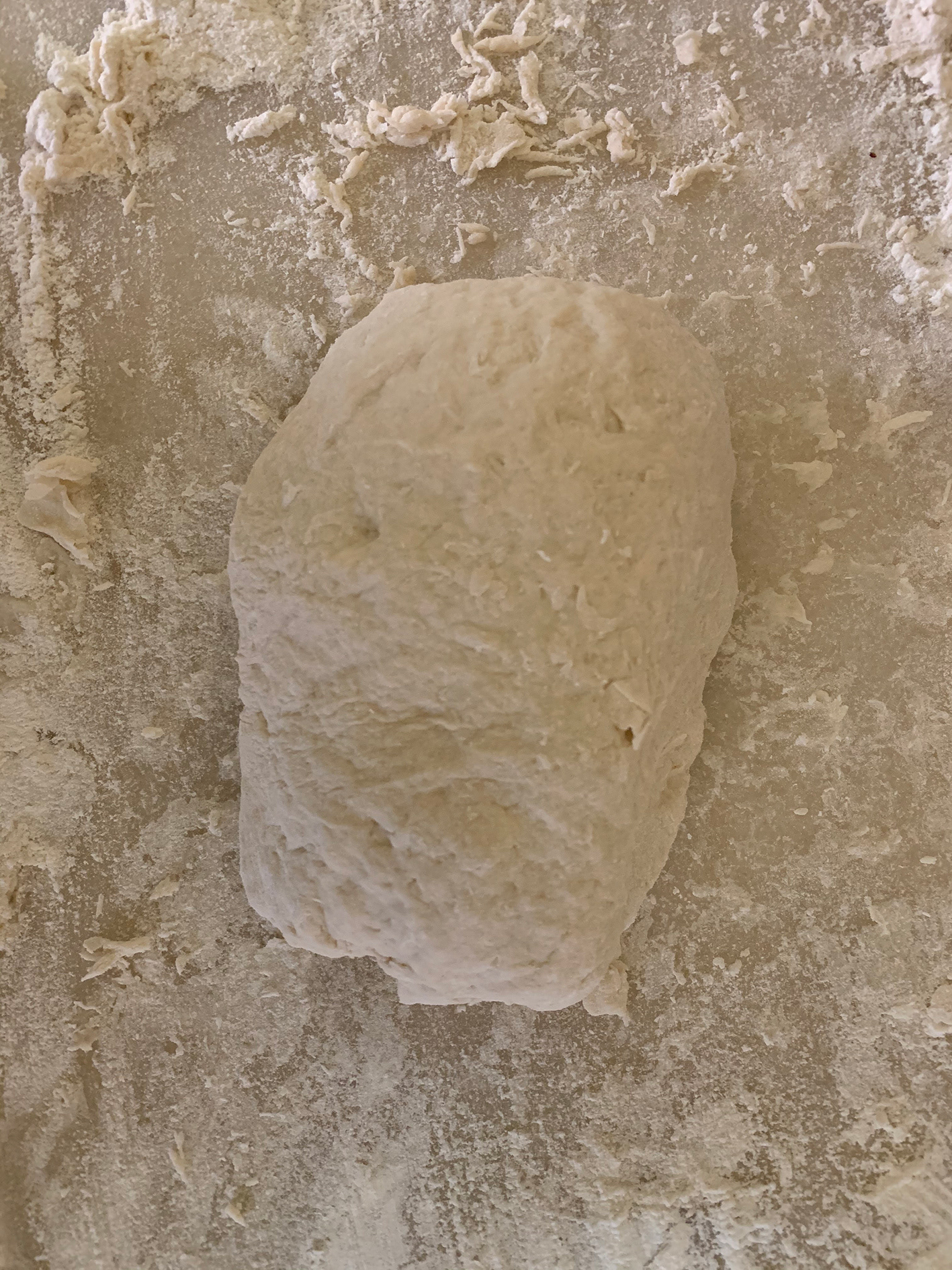
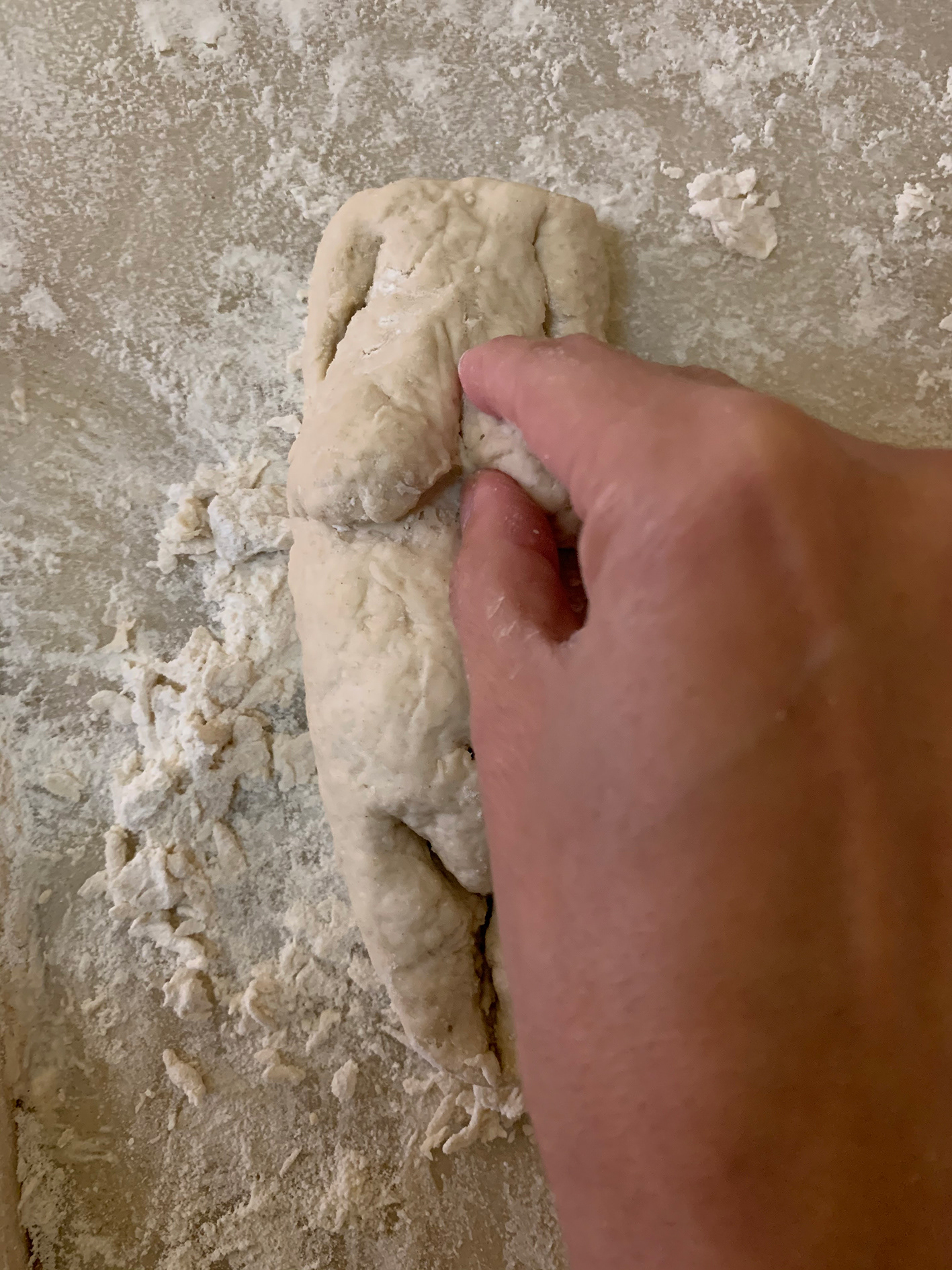
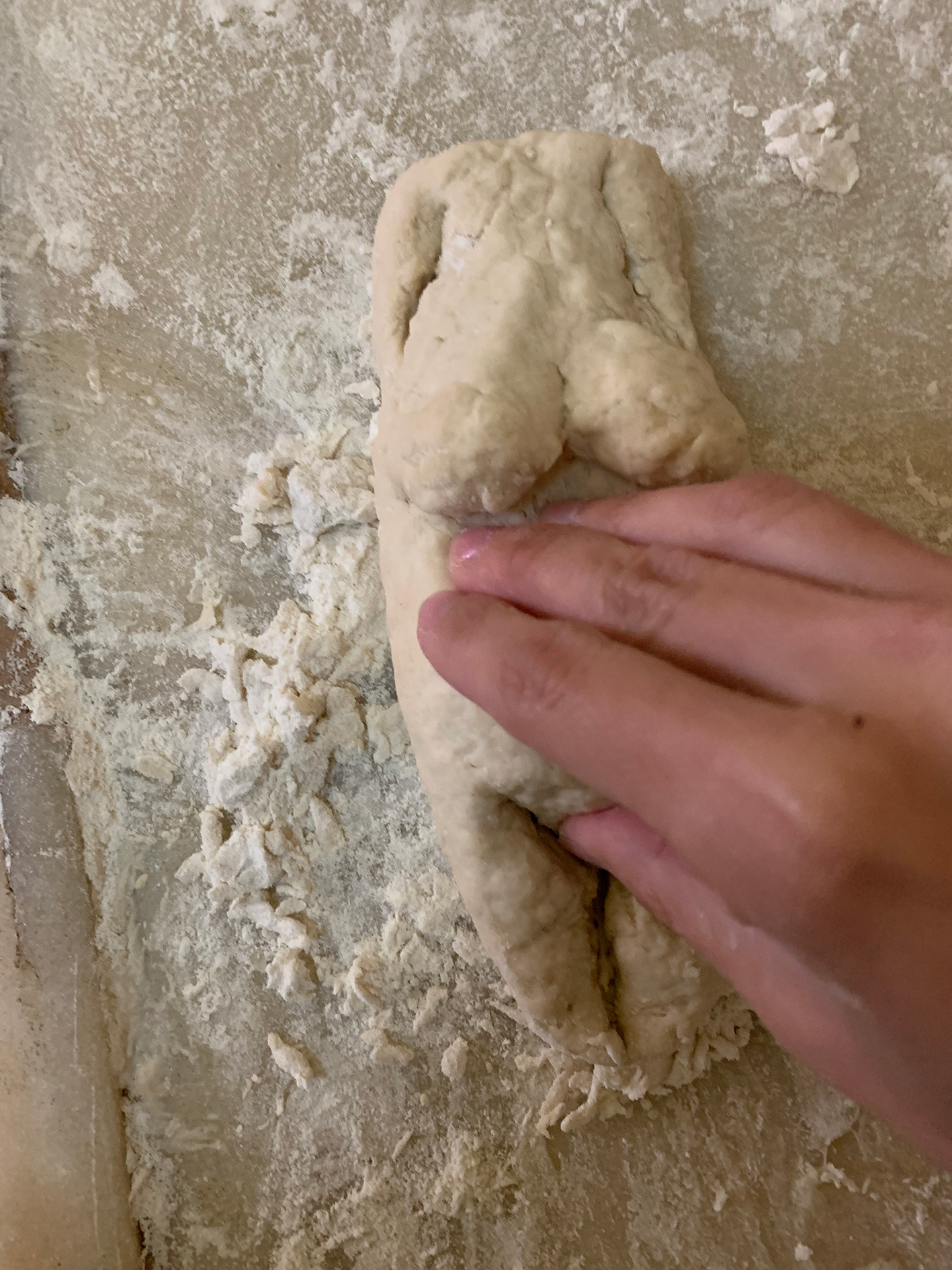
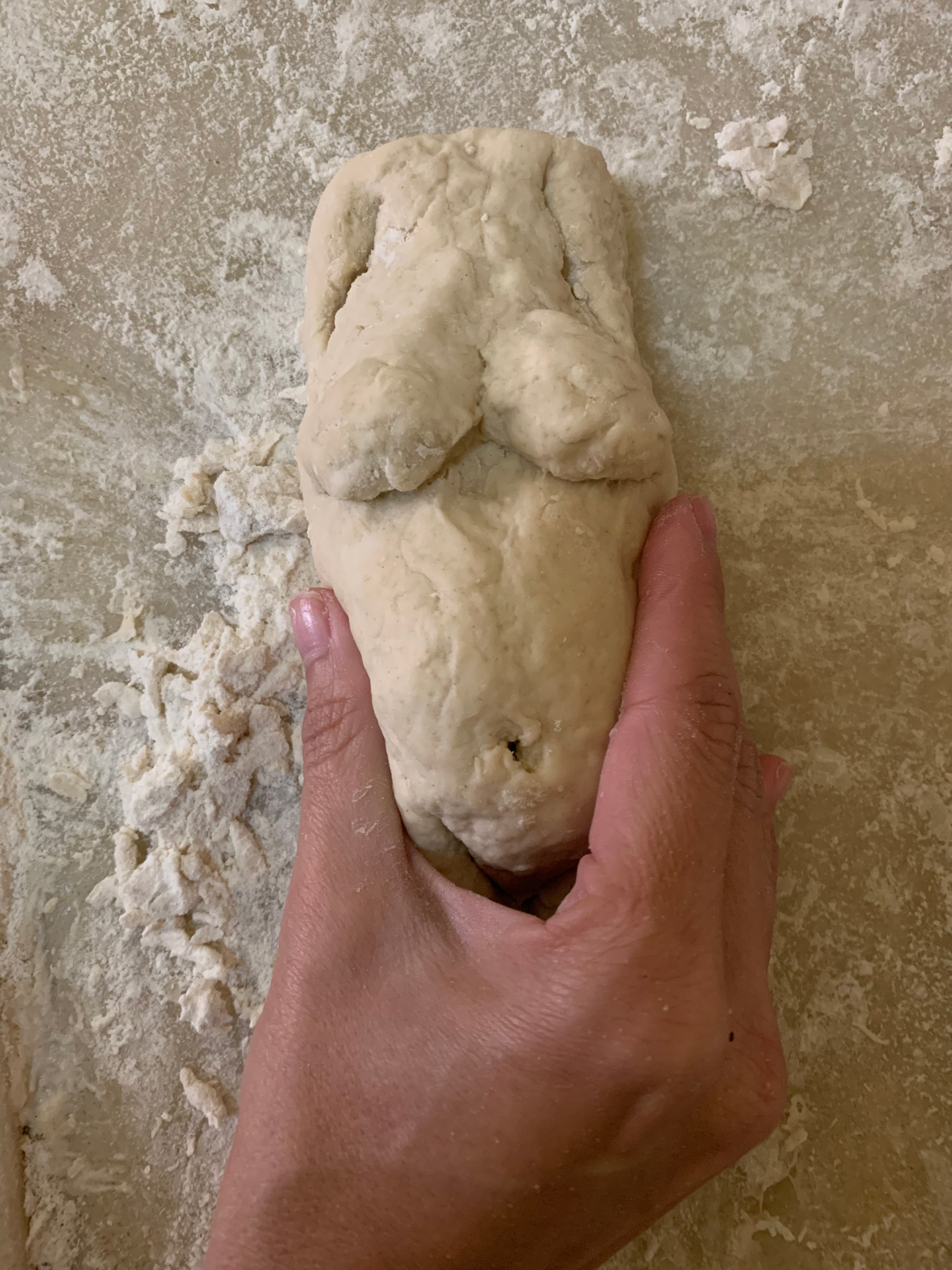
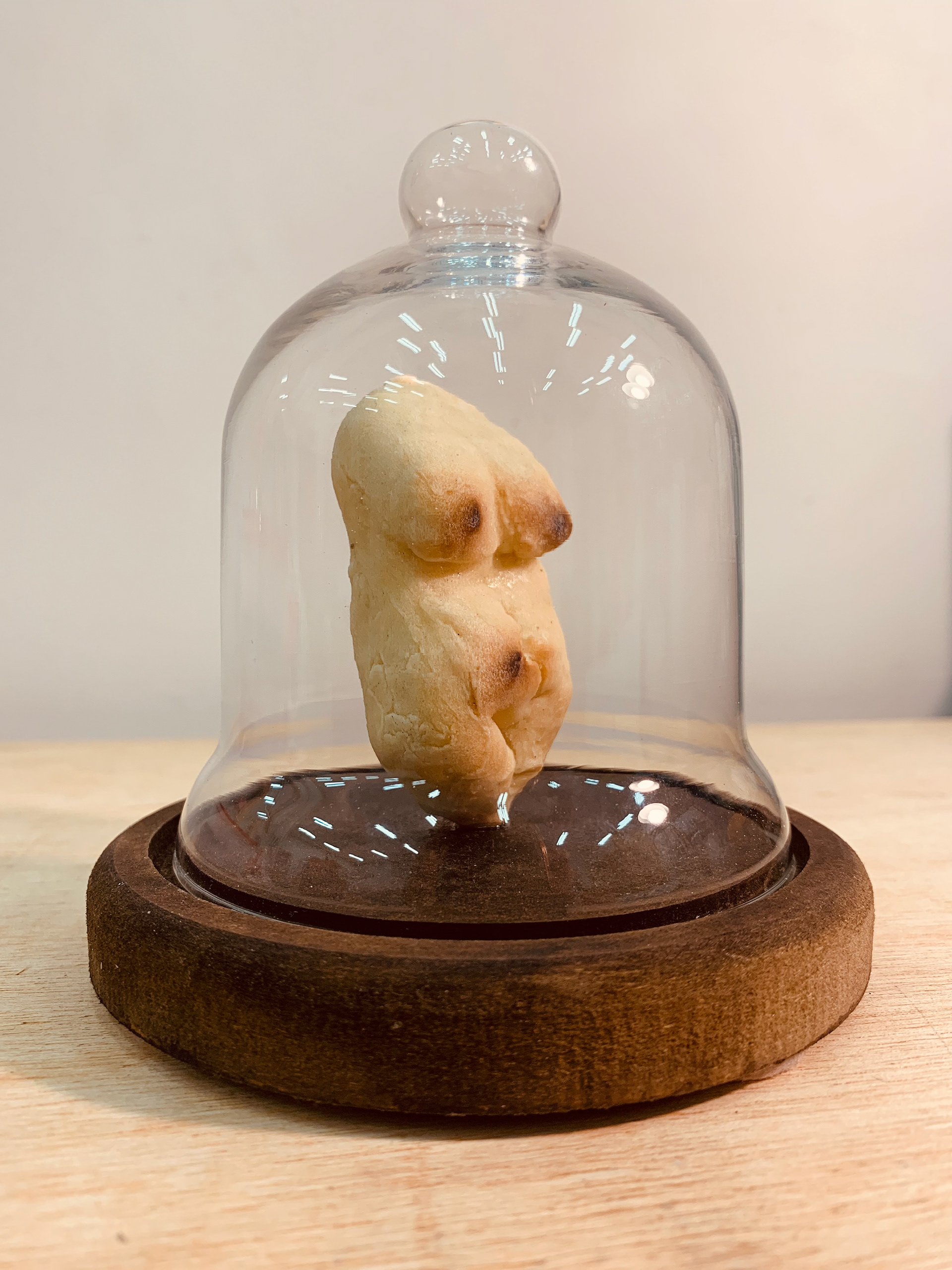
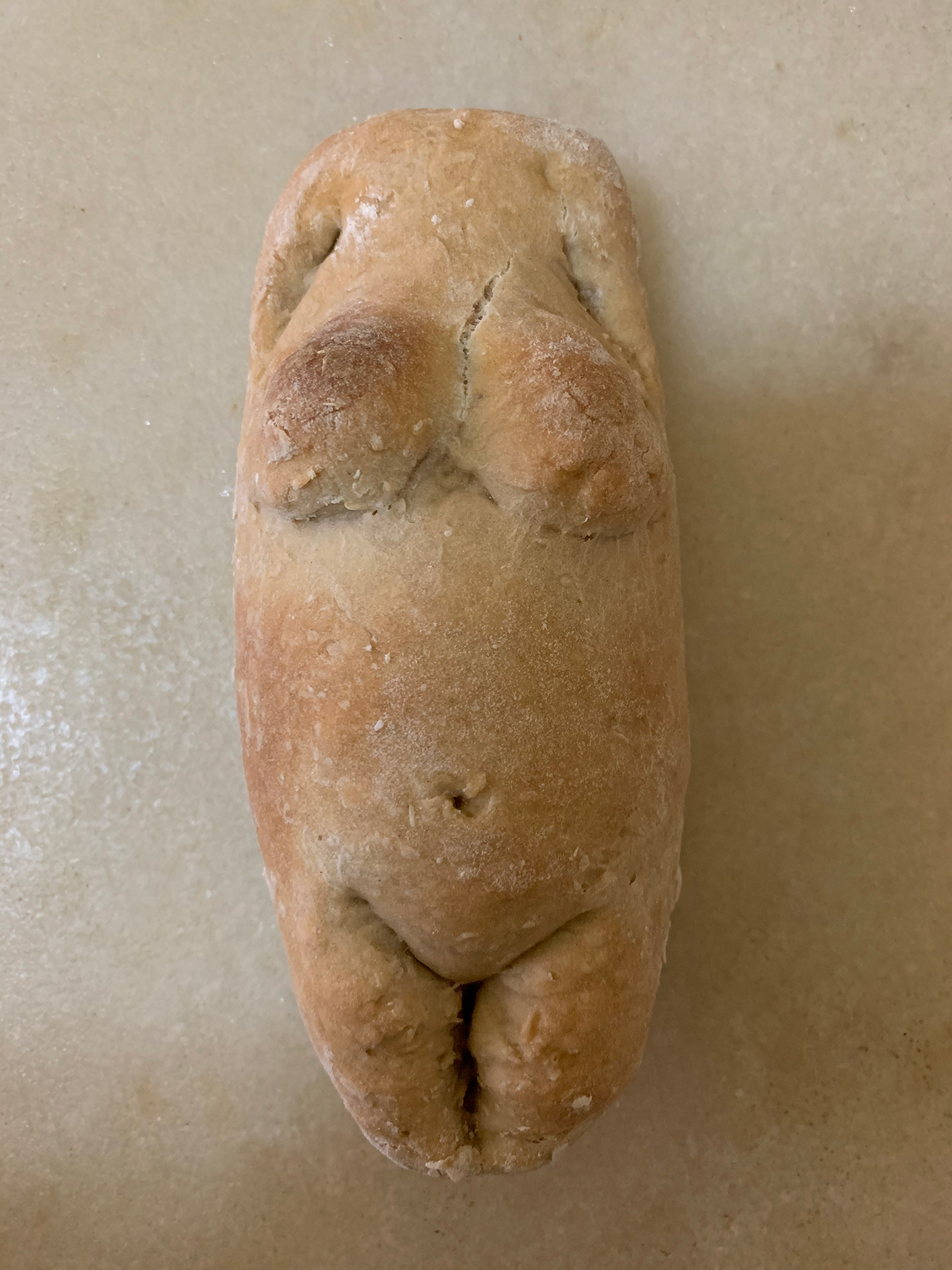
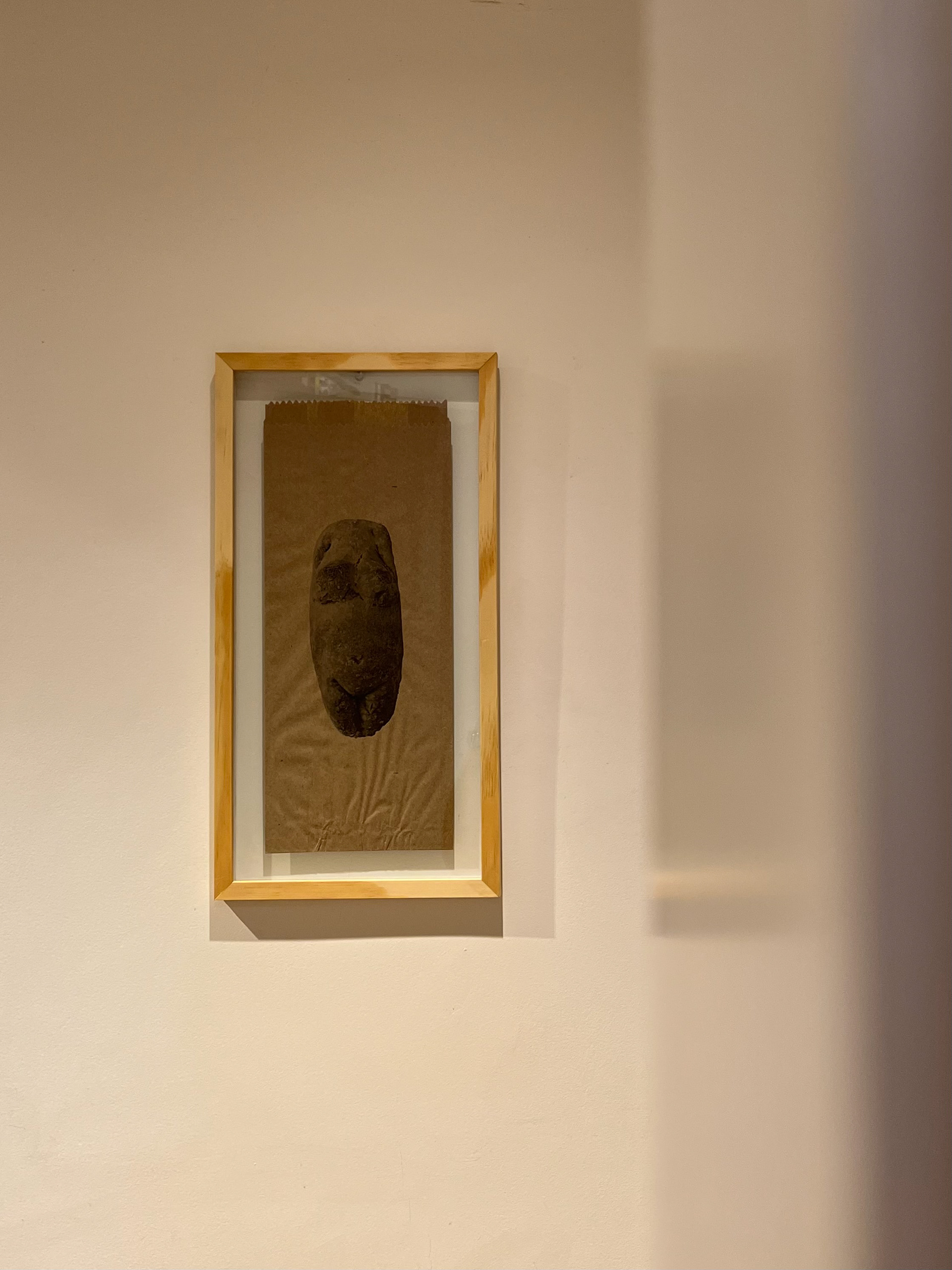
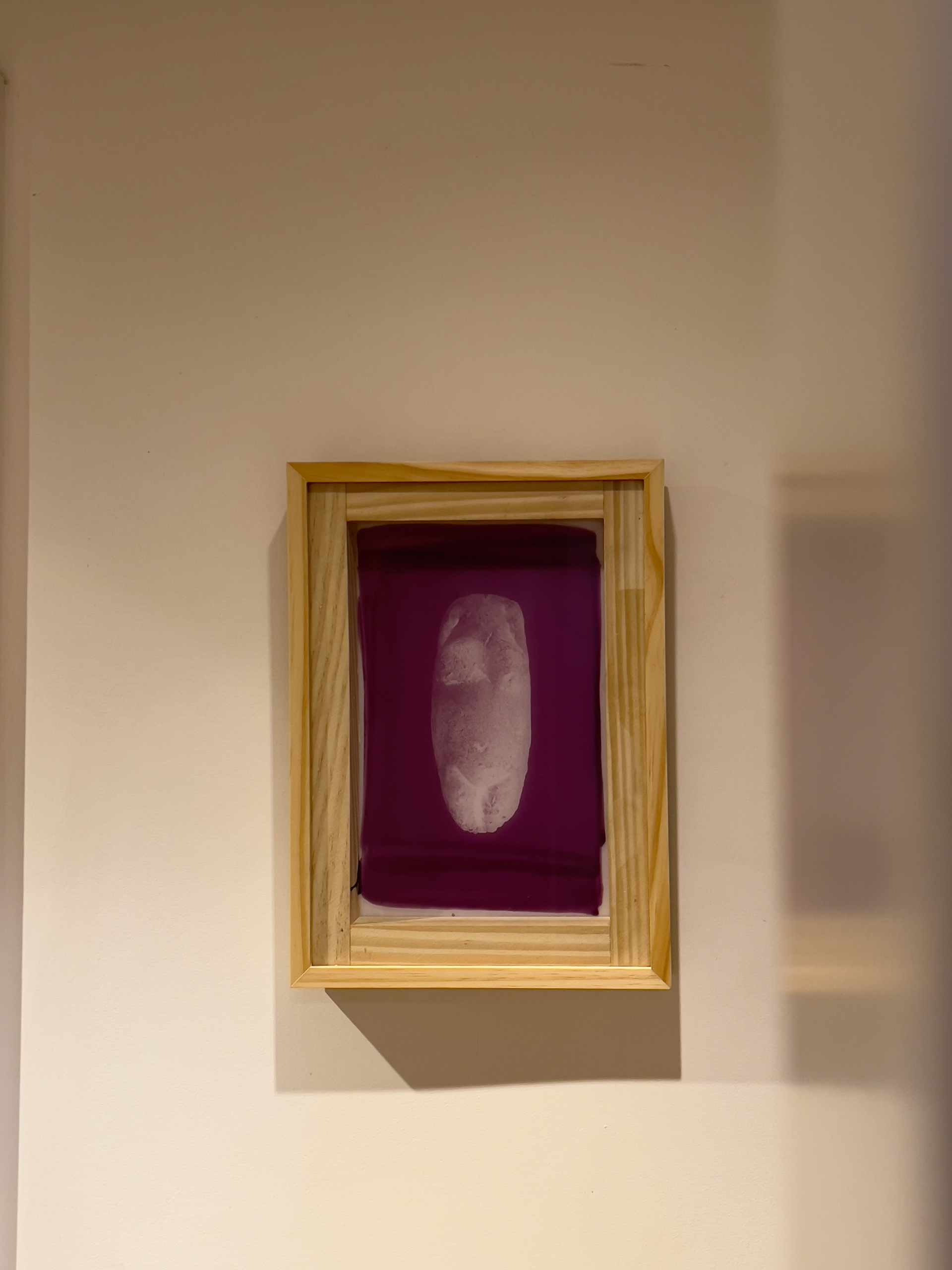



CULT TO THE PALEOLITHIC BAKERY, SUNÊV, 2023
flour, water, salt, wood, glass.12.5x12cm
flour, water, salt, wood, glass.12.5x12cm
REPRODUCTION – PALEOLITHIC BAKERY, SUNÊV, 2023
photocopy, kraft paper, 42x22cm
photocopy, kraft paper, 42x22cm
MATRIX OF THE PALEOLITHIC BAKERY, SUNÊV, 2023
photographic emulsion on polyester, wood, glass. 24x34cm
photographic emulsion on polyester, wood, glass. 24x34cm
Exhibition space: Recipiente Porongo, Rio de Janeiro, Brazil
PALEOLITHIC BAKERY R$1, SUNÊV, 2023
Exhibition space:Arte Rita Multiples Fair, Rio de Janeiro, Brasil
Exhibition space:Arte Rita Multiples Fair, Rio de Janeiro, Brasil